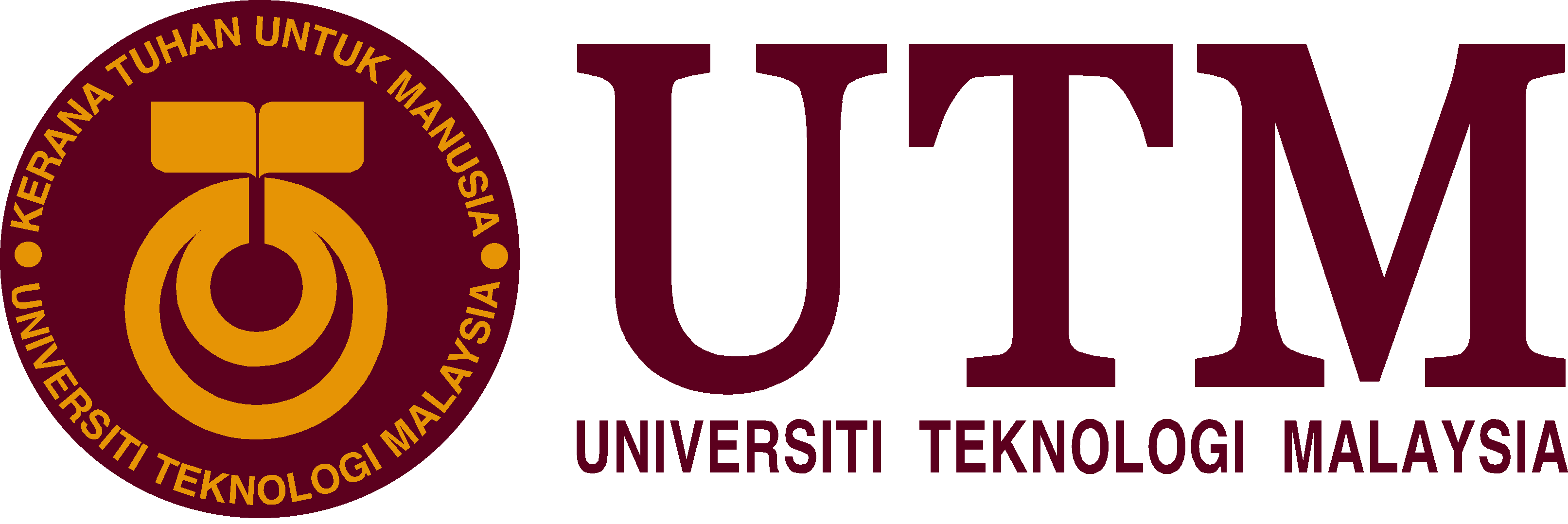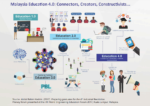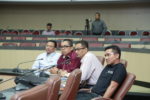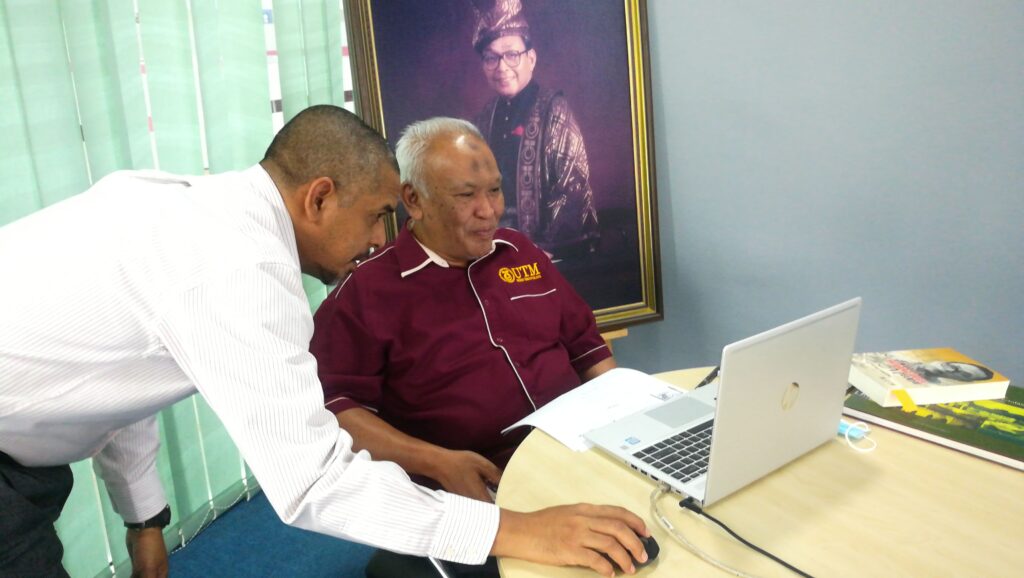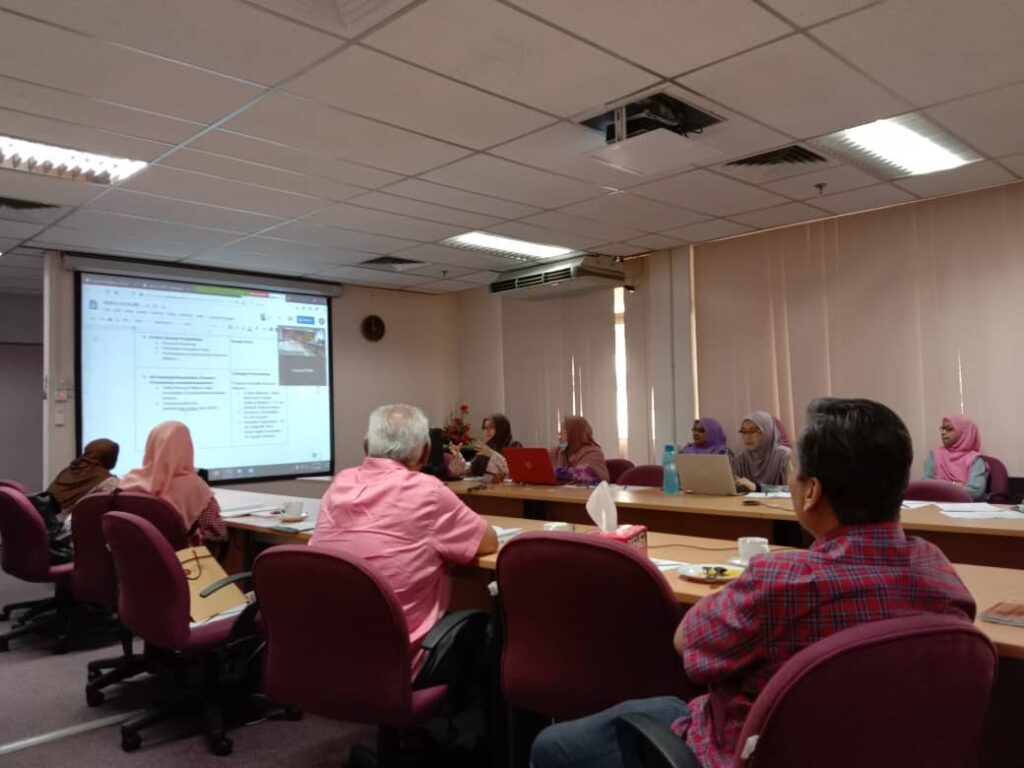Research Libraries
Research libraries have undergone significant transformation in recent decades. With the rising demands of the research community and advancements in technology, libraries are evolving from being repositories of information to dynamic partners in the research lifecycle. This article synthesizes best practices drawn from contemporary scholarship and presents key areas for improvement and innovation in research libraries, including research data management, technological integration, conservation practices, support for research and teaching, professional development, collaboration, and strategic alignment with institutional missions.
Research Data Management (RDM)
One of the most vital services research libraries offer today is support for Research Data Management (RDM). Effective RDM ensures the accessibility, reproducibility, and preservation of research outputs. Libraries have responded by creating Research Data Services (RDS) units that assist in developing data management plans, ensuring data curation, and supporting metadata creation (Tenopir et al., 2013). However, the successful adoption of these services remains uneven.
Llebot and Rempel (2021) identify several barriers to the widespread adoption of good RDM practices. Among them are institutional culture, discipline-specific norms, and team structures. Researchers may lack incentives to follow best practices, especially when institutional policies or funding mandates are unclear. Moreover, team size and leadership influence how and whether these practices are implemented.
Librarians themselves must be adequately trained to support RDM initiatives. A study by Tenopir et al. (2013) found that while many librarians are enthusiastic about RDM, they often feel underprepared due to gaps in education or institutional training. This underscores the need for continuous professional development and a stronger focus on data science skills in library and information science curricula.
Technological Integration
Modern research libraries are embracing emerging technologies to meet researchers’ evolving needs. The integration of big data, artificial intelligence (AI), blockchain, and the Internet of Things (IoT) has allowed libraries to enhance the discoverability and accessibility of research outputs (Lata & Owan, 2022). These technologies enable sophisticated data analytics, real-time metadata enrichment, and better support for open science initiatives.
The transformation from traditional to digital libraries is especially pronounced in academic environments. Digital repositories, institutional open access platforms, and online research guides have become critical tools. This digital shift not only broadens access but also improves user experience through personalization and interactivity. As Lata and Owan (2022) highlight, research libraries must proactively invest in these technologies to stay relevant in a competitive scholarly landscape.
Conservation Practices
While digital services gain prominence, the preservation of physical collections remains a core function of research libraries. Book conservation techniques are applied to both general and special collections to ensure longevity and usability. Baker and Dube (2010) note that while conservation practices vary depending on collection types and institutional resources, certain treatments such as deacidification, rebinding, and environmental control are widely used.
Standardizing conservation procedures ensures consistency, especially in collaborative initiatives involving multiple institutions. Special collections often require individualized care due to their fragility and historical value, necessitating specialized knowledge in archival science. Incorporating conservation into strategic planning also reinforces libraries’ roles as custodians of cultural and academic heritage.
Support for Research and Teaching
Academic libraries increasingly function as collaborative partners in the research and teaching ecosystem. They support faculty through services such as bibliometric analysis, open access compliance, and grant writing assistance. As described by Fernández-Marcial and González-Solar (2020), libraries are restructuring their service models to align more closely with research processes.
This includes rethinking space usage—transitioning from quiet reading rooms to active research hubs—and deploying liaison librarians who work closely with faculty in specific disciplines. Libraries also enhance teaching through information literacy programs and the integration of digital resources into learning management systems.
To remain relevant, libraries must demonstrate their impact. Healy (2010) stresses the importance of positioning the library as an integral member of the research enterprise. Initiatives like those at Wayne State University, which promoted library services through strategic partnerships and visibility campaigns, offer a blueprint for others.
Professional Development of Librarians
The evolving role of research librarians demands continuous professional development. Luo, Brancolini, and Kennedy (2017) advocate for librarians to enhance their research capabilities, not only to support faculty but also to contribute to the scholarly conversation. This includes understanding research methodologies, applying for grants, publishing in peer-reviewed journals, and engaging in evidence-based practice.
Such professional development strengthens librarians’ credibility among faculty and enhances the strategic importance of the library within the institution. Mentorship, training programs, and research sabbaticals are among the recommended strategies for fostering a research-oriented culture within library teams.
Collaboration and Communication
Effective collaboration between librarians, researchers, and administrators can elevate the impact of library services. In special library settings, Murray (2016) found that integrating practitioner knowledge with scholarly research leads to better strategic decisions. This is especially relevant for libraries embedded in health, legal, or corporate environments where information needs are highly specialized.
Encouraging practitioner-researcher collaborations also helps bridge the gap between theory and practice. For example, joint research projects between academic staff and librarians can address real-world challenges in information retrieval, data curation, or instructional design.
Challenges and Strategic Alignment
Despite these promising practices, challenges persist. Simon (2011) points out that in many corporate libraries, the lack of standard benchmarking and quantitative impact metrics undermines their strategic value. To overcome this, libraries must align their services with institutional missions, demonstrating how they contribute to broader goals such as innovation, commercialization, and global engagement.
Strategic planning tools such as balanced scorecards, logic models, and annual performance reviews can help libraries document their impact and advocate for resources. Ultimately, libraries that align their goals with institutional priorities are more likely to secure long-term support.
Conclusion
Research libraries play an increasingly complex and vital role in academia. By embracing best practices in RDM, leveraging technology, preserving collections, supporting teaching and research, investing in professional development, fostering collaboration, and aligning with institutional missions, they can enhance their relevance and effectiveness. As the scholarly landscape continues to evolve, so too must libraries—guided by research, informed by practice, and committed to excellence.
References
- Baker, W., & Dube, L. (2010). Identifying standard practices in research library book conservation. Library Resources and Technical Services, 54(1), 4–13. https://doi.org/10.5860/lrts.54n1.4
- Fernández-Marcial, V., & González-Solar, L. (2020). Cases on research support services in academic libraries. In Cases on Research Support Services in Academic Libraries (pp. 1–17). IGI Global. https://doi.org/10.4018/978-1-7998-3652-2
- Healy, A. M. (2010). Increasing the visibility of the library within the academic research enterprise. Issues in Science and Technology Librarianship, 61. https://doi.org/10.29173/istl1342
- Lata, N., & Owan, V. J. (2022). Contemporary trends and technologies in research libraries: An overview. In Innovative Technologies for Enhancing Knowledge Access in Academic Libraries (pp. 73–85). IGI Global. https://doi.org/10.4018/978-1-7998-8493-6.ch005
- Llebot, C., & Rempel, H. G. (2021). Why won’t they just adopt good research data management practices? An exploration of research teams and librarians’ role in facilitating RDM adoption. Journal of Librarianship and Scholarly Communication, 9(1), eP2378. https://doi.org/10.7710/2162-3309.2378
- Luo, L., Brancolini, K. R., & Kennedy, M. R. (2017). Enhancing library and information research skills: A guide for academic librarians. Libraries Unlimited.
- Murray, T. E. (2016). Applying research in special library settings. Journal of Library Administration, 56(7), 748–761. https://doi.org/10.1080/01930826.2016.1202717
- Simon, C. A. (2011). An examination of best practices and benchmarking in corporate libraries. Journal of Management Development, 30(1), 77–84. https://doi.org/10.1108/02621711111098321
- Tenopir, C., Sandusky, R. J., Allard, S., & Birch, B. (2013). Academic librarians and research data services: Preparation and attitudes. IFLA Journal, 39(1), 70–78. https://doi.org/10.1177/0340035212473089
Jika Fuad ingin versi Word dokumen, slide pembentangan, atau infografik berdasarkan artikel ini, saya boleh bantu siapkan juga.
